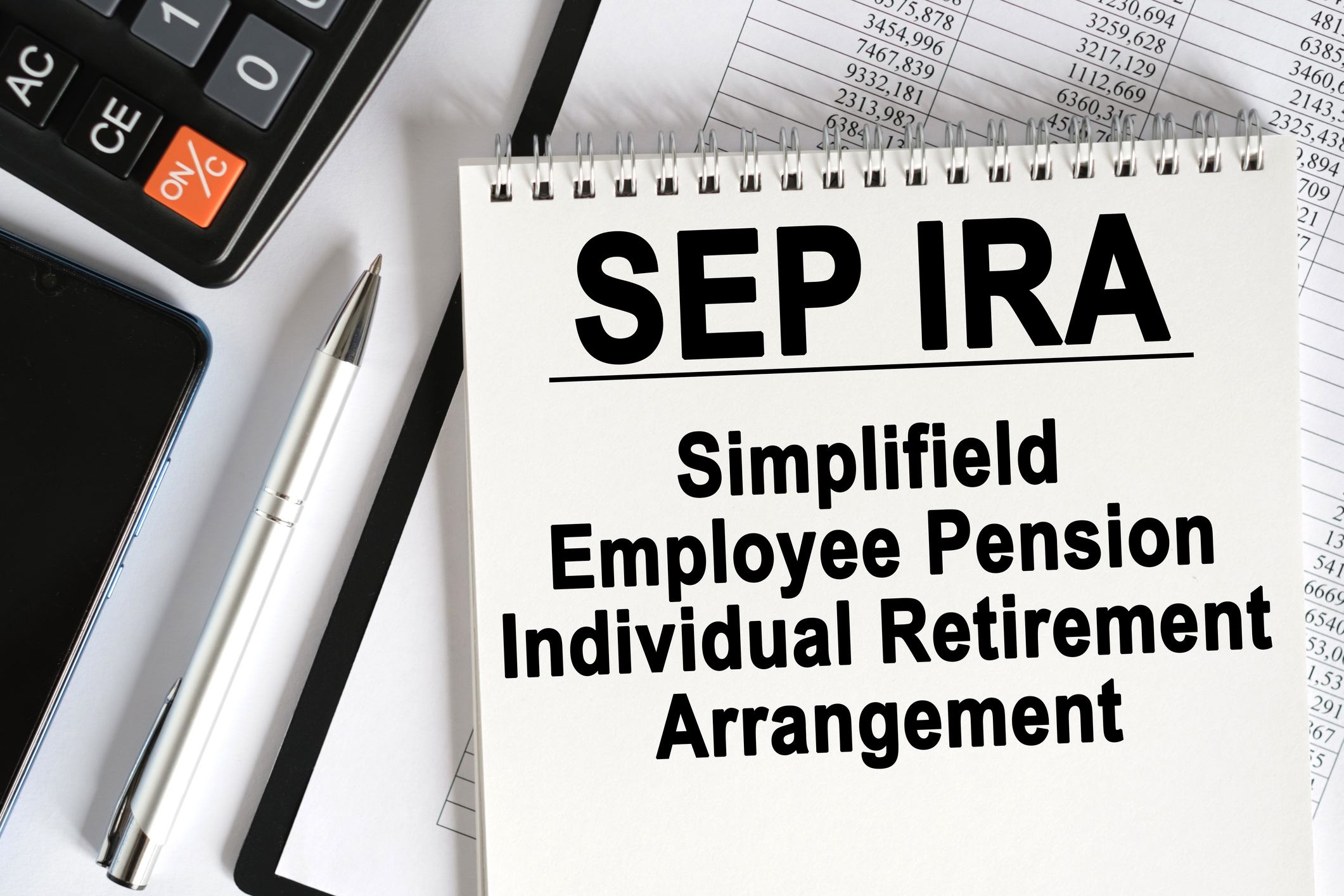New Law Could Change Rules for IRA Withdrawals
Under the proposed legislation, you would have more time to take IRA distributions.

If you have money in a traditional IRA or 401(k), you probably already know that eventually you’ll have to take that money out and pay taxes on it. But the rules for taking required minimum distributions (RMDs) have always been confusing, especially because they require you to start tapping your accounts based on your half birthday—age 70½. On May 23, the House of Representatives passed a bill that would simplify the rules and give your savings a little more time to grow tax-deferred. The Senate is considering a similar bill. It hadn’t voted at press time but is expected to vote on it soon.
The SECURE Act (Setting Every Community Up for Retirement Enhancement) would raise the RMD age to 72 and allow people of any age who have earned income to contribute to traditional IRAs. The changes would be particularly helpful for the growing number of people who are working into their seventies, says Ed Slott, founder of IRAHelp.com.
Under current law, you can’t contribute to a traditional IRA after age 70½. You can contribute to a Roth at any age, as long as you have earned income from a job, but your adjusted gross income must be less than $122,000 if you’re single or $193,000 if you’re married filing jointly to make the full contribution in 2019. The proposed change would allow older workers who earn too much to contribute to a Roth to put money in a traditional IRA, which they could then convert to a Roth, Slott says. If that is their only traditional IRA, they would only owe taxes on any earnings when they convert, and the money would grow tax-free after that. (The tax situation is more complicated if you own additional traditional IRAs.)
From just $107.88 $24.99 for Kiplinger Personal Finance
Become a smarter, better informed investor. Subscribe from just $107.88 $24.99, plus get up to 4 Special Issues

Sign up for Kiplinger’s Free Newsletters
Profit and prosper with the best of expert advice on investing, taxes, retirement, personal finance and more - straight to your e-mail.
Profit and prosper with the best of expert advice - straight to your e-mail.

Retirees may be less enthused about a provision in the bill that would generally require children and other non-spouse beneficiaries to withdraw money from an inherited IRA within 10 years. Now, those beneficiaries can spread withdrawals over their life expectancy and stretch out taxes on the money (spouses can roll an inherited IRA into their own IRA and delay withdrawals until they take RMDs).
The House bill passed with bipartisan support. If the bill passes in the Senate, it will be the first major legislation affecting retirement plans in more than a decade.
Most of the SECURE Act’s provisions are “common sense, widely supported changes,” says Alan Glickstein, senior retirement consultant with benefits consultant Willis Towers Watson.
Profit and prosper with the best of Kiplinger's advice on investing, taxes, retirement, personal finance and much more. Delivered daily. Enter your email in the box and click Sign Me Up.

As the "Ask Kim" columnist for Kiplinger's Personal Finance, Lankford receives hundreds of personal finance questions from readers every month. She is the author of Rescue Your Financial Life (McGraw-Hill, 2003), The Insurance Maze: How You Can Save Money on Insurance -- and Still Get the Coverage You Need (Kaplan, 2006), Kiplinger's Ask Kim for Money Smart Solutions (Kaplan, 2007) and The Kiplinger/BBB Personal Finance Guide for Military Families. She is frequently featured as a financial expert on television and radio, including NBC's Today Show, CNN, CNBC and National Public Radio.
-
 Should You Renew Your CD?
Should You Renew Your CD?With rate cuts impacting earnings, we examine if now is a wise time to renew CDs.
-
 7 Ways to Plan Now to Save on Medicare IRMAA Surcharges Later
7 Ways to Plan Now to Save on Medicare IRMAA Surcharges LaterUnderstand the critical two-year lookback period and why aggressive planning before you enroll in Medicare is the most effective way to minimize IRMAA.
-
 Law Reversal Looming? Trump Eyes 2026 Gambling Winnings Tax Change
Law Reversal Looming? Trump Eyes 2026 Gambling Winnings Tax ChangeTax Deductions It's no secret that the IRS is coming after your gambling winnings in 2026. But how long will that last?
-
 457 Plan Contribution Limits for 2026
457 Plan Contribution Limits for 2026Retirement plans There are higher 457 plan contribution limits in 2026. That's good news for state and local government employees.
-
 Medicare Basics: 12 Things You Need to Know
Medicare Basics: 12 Things You Need to KnowMedicare There's Medicare Part A, Part B, Part D, Medigap plans, Medicare Advantage plans and so on. We sort out the confusion about signing up for Medicare — and much more.
-
 The Seven Worst Assets to Leave Your Kids or Grandkids
The Seven Worst Assets to Leave Your Kids or Grandkidsinheritance Leaving these assets to your loved ones may be more trouble than it’s worth. Here's how to avoid adding to their grief after you're gone.
-
 SEP IRA Contribution Limits for 2026
SEP IRA Contribution Limits for 2026SEP IRA A good option for small business owners, SEP IRAs allow individual annual contributions of as much as $70,000 in 2025, and up to $72,000 in 2026.
-
 Roth IRA Contribution Limits for 2026
Roth IRA Contribution Limits for 2026Roth IRAs Roth IRAs allow you to save for retirement with after-tax dollars while you're working, and then withdraw those contributions and earnings tax-free when you retire. Here's a look at 2026 limits and income-based phaseouts.
-
 SIMPLE IRA Contribution Limits for 2026
SIMPLE IRA Contribution Limits for 2026simple IRA For 2026, the SIMPLE IRA contribution limit rises to $17,000, with a $4,000 catch-up for those 50 and over, totaling $21,000.
-
 457 Contribution Limits for 2024
457 Contribution Limits for 2024retirement plans State and local government workers can contribute more to their 457 plans in 2024 than in 2023.
-
 Roth 401(k) Contribution Limits for 2026
Roth 401(k) Contribution Limits for 2026retirement plans The Roth 401(k) contribution limit for 2026 has increased, and workers who are 50 and older can save even more.